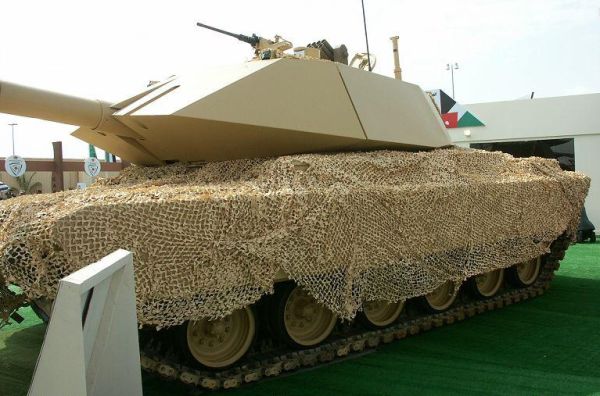BLACKEAGLE
ELITE MEMBER

- Joined
- May 9, 2007
- Messages
- 10,928
- Reaction score
- 2
- Country
- Location
- Desert Iris KADDB light wheeled utility vehicle:
General information:
The Desert Iris (4x4) is a light special forces vehicles, developed by the King Abdullah II Design and Development Bureau (KADDB) working in association with SHP Motorsports of the United Kingdom. Extensive prototype field trials were conducted in Jordan and South Africa from mid-1999 to mid-2001. Desert Iris was initiated to meet an operational requirement identified by the Jordan Armed Forces for a cost-effective, lightweight and affordable utility vehicle. The Desert Iris is an off-road 4x4 non-armored vehicle with excellent heavy-duty specifications.
- Variants :

- Desert Iris TOW : with anti-tank TWO launcher mounted to the back side of the vehicle
- Desert Iris MRLS: a rocket launcher system is mounted to the back side of the vehicle
- Desert Iris 12.7 mm: A 12.7 mm machine gun is mounted to the back side of the vehicle
- Desert Iris UAV: a UAV launcher platform is mounted to the back side of the vehicle
--Technical data:
- Armament:
The vehicle includes a weapon frame and ring mount directly behind the driver/commander seats that permits the vehicle to carry a variety of weapons based on the mission profile. Some include a basic 12.7 mm machine gun up to and including a TOW launcher.
- Protection:
The Desert Iris is based on a space frame chassis with the engine located at the front under a bonnet. The driver and passenger are seated centrally under roll-bar protection while a weapon mounting is located to the rear over a limited capacity cargo area.
- Propulsion:
Built around Toyota automotive components and a 2.8 liter four-cylinder Toyota engine, the Desert Iris is a low profile fast attack platform capable of an operational range of 600 km on paved surfaces and 400 km off-road. The engine develops 100 Bhp/ 75 KW at 4200 rpm. The independent double wishbone with coil-over-shock suspension in the front and independent training arms in the rear give the Desert Iris tremendous stability and off-road mobility.
- Accessories
Desert Iris is a low cost vehicle, with very easy to maintain mechanicals to provide low life cycle costs. The vehicle is small and compact and is air-transportable by a wide range of helicopters. The Desert Iris is a has outstanding off-road capability.





General information:
The Desert Iris (4x4) is a light special forces vehicles, developed by the King Abdullah II Design and Development Bureau (KADDB) working in association with SHP Motorsports of the United Kingdom. Extensive prototype field trials were conducted in Jordan and South Africa from mid-1999 to mid-2001. Desert Iris was initiated to meet an operational requirement identified by the Jordan Armed Forces for a cost-effective, lightweight and affordable utility vehicle. The Desert Iris is an off-road 4x4 non-armored vehicle with excellent heavy-duty specifications.
- Variants :

- Desert Iris TOW : with anti-tank TWO launcher mounted to the back side of the vehicle
- Desert Iris MRLS: a rocket launcher system is mounted to the back side of the vehicle
- Desert Iris 12.7 mm: A 12.7 mm machine gun is mounted to the back side of the vehicle
- Desert Iris UAV: a UAV launcher platform is mounted to the back side of the vehicle
--Technical data:
- Armament:
The vehicle includes a weapon frame and ring mount directly behind the driver/commander seats that permits the vehicle to carry a variety of weapons based on the mission profile. Some include a basic 12.7 mm machine gun up to and including a TOW launcher.
- Protection:
The Desert Iris is based on a space frame chassis with the engine located at the front under a bonnet. The driver and passenger are seated centrally under roll-bar protection while a weapon mounting is located to the rear over a limited capacity cargo area.
- Propulsion:
Built around Toyota automotive components and a 2.8 liter four-cylinder Toyota engine, the Desert Iris is a low profile fast attack platform capable of an operational range of 600 km on paved surfaces and 400 km off-road. The engine develops 100 Bhp/ 75 KW at 4200 rpm. The independent double wishbone with coil-over-shock suspension in the front and independent training arms in the rear give the Desert Iris tremendous stability and off-road mobility.
- Accessories
Desert Iris is a low cost vehicle, with very easy to maintain mechanicals to provide low life cycle costs. The vehicle is small and compact and is air-transportable by a wide range of helicopters. The Desert Iris is a has outstanding off-road capability.























